Geumseonggwan Najugomtang (금성관나주곰탕)
2.4Km 2021-03-18
29, Namdaemun-ro, Jung-gu, Seoul
+82-2-753-7898
This is a Korean cuisine located in Myeong-dong, Seoul. The representative menu is Naju beef bone soup. It serves local dishes produced from Naju-si, Jeolla-do.
E-Mart 24 - The Bank Of Korea Branch [Tax Refund Shop] (이마트24 한국은행)
2.4Km 2024-04-18
9, Namdaemun-ro 5-gil, Jung-gu, Seoul
-
Hwangudan Altar (환구단)
2.4Km 2020-05-07
112, Sogong-ro, Jung-gu, Seoul
+82-2-3396-5842
Hwangudan Altar, also called Hwandan Altar, refers to an altar complex for the rite of heaven. The rites were first performed in the Goryeo dynasty by King Seongjong in the first month of 983 (2nd year of his reign), but was repeatedly adopted and abolished, and eventually stopped at the start of the Joseon dynasty.
Then in 1456 (2nd year of King Sejo), the practice was temporarily standardized and the rites were performed at Hwangudan Altar again in 1457. However, rites were again abolished in 1464 (10th year of King Sejo). It wasn’t until 1897 (34th year of King Gojong) when the Joseon dynasty was renamed as the Korean Empire and King Gojong ascended to emperor, that the rite was revived.
Now, Hwangungu Shrine and three stone drums stand at the location of the former altar complex. The three stone drums symbolize the instruments used for the rites. The shrine was completed in 1899, two years after the altar was started in 1897. Today, the Hwangungu Shrine still stands within the hotel grounds of the Westin Chosun Hotel.
Gongpyeongdong Kkomjangeo (공평동꼼장어)
2.4Km 2021-03-26
29, Ujeongguk-ro, Jongno-gu, Seoul
+82-2-738-1769
It is a place where you can eat in the atmosphere of a cart bar that is often featured in Korean dramas. The best menu at this restaurant is grilled sea eel. This Korean dishes restaurant is located in Jongno-gu, Seoul.
CheongKwanJang - Sinseol-dong Branch [Tax Refund Shop] (정관장 신설동점)
2.4Km 2024-06-27
9, Wangsan-ro, Dongdaemun-gu, Seoul
-
Gukje Embroidery - Insa-dong Branch (국제자수원 3호점 (인사동))
2.4Km 2020-05-07
41, Insadong-gil, Jongno-gu, Seoul
+82-2-723-0830
Opened in 1979, Kukjae Embroidery specializes in embroidered crafts using traditional Korean patterns. Every product is delicately and elegantly crafted by master artisans. Kukjae Embroidery is known as a frequent destination of foreign dignitaries. It offers a seminar where international tourists can learn how to make embroidered crafts.
Dongsung Sutbulgalbi (동숭숯불갈비)
2.4Km 2021-03-18
26, Daehak-ro, 9-gil, Jongno-gu, Seoul
+82-2-741-3451
This is a Korean cuisine located in Daehak-ro, Seoul. The best menu at this restaurant is grilled spareribs. A restaurant serving charcoal-grilled meat.
Knife Gallery (나이프갤러리)
2.4Km 2020-04-30
7, Insadong 9-gil, Jongno-gu, Seoul
+82-2-735-4431
The only knife specialty museum in Korea, this Insa-dong gallery is home to over 6,000 knives from all over the world. They include traditional Korean and Japanese knives, Chinese knives, decorative knives, knives by famous artists, and knives shown in movies. There are a variety of knives for both daily and decorative uses. Customers who order custom knives may observe the entire manufacturing process.
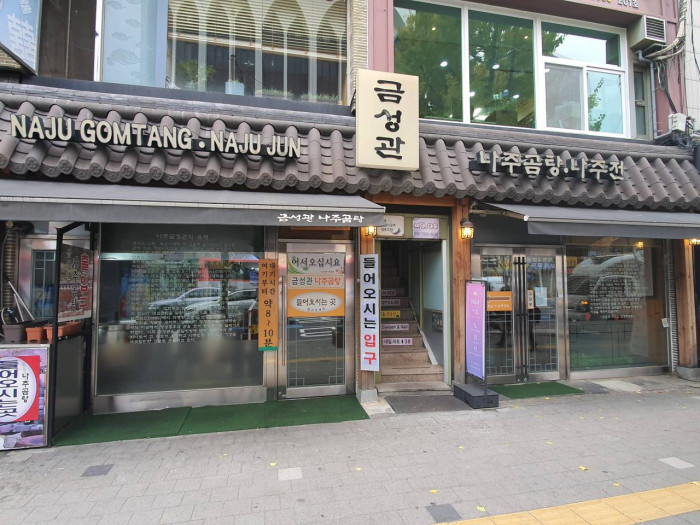
![E-Mart 24 - The Bank Of Korea Branch [Tax Refund Shop] (이마트24 한국은행)](http://tong.visitkorea.or.kr/cms/resource/78/2878578_image2_1.jpg)


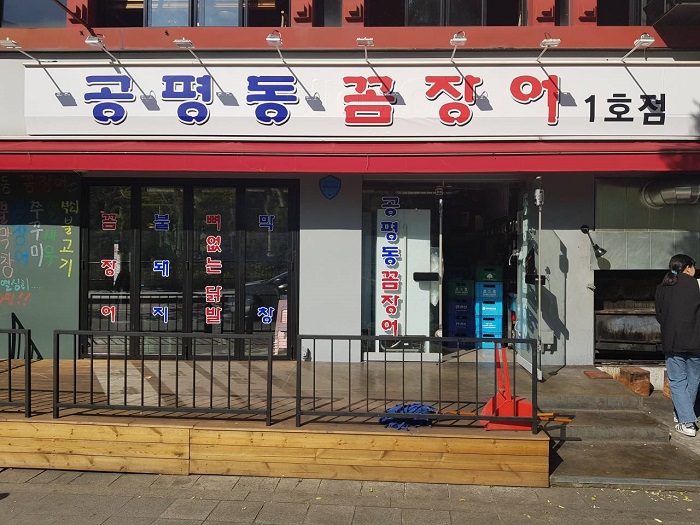
![CheongKwanJang - Sinseol-dong Branch [Tax Refund Shop] (정관장 신설동점)](http://tong.visitkorea.or.kr/cms/resource/38/3313538_image2_1.jpg)
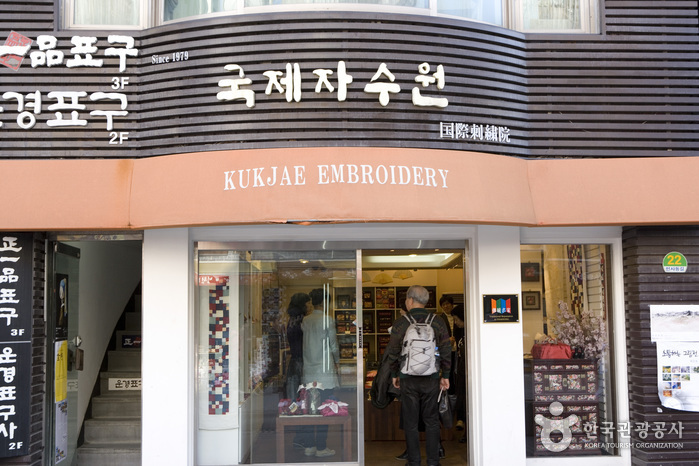
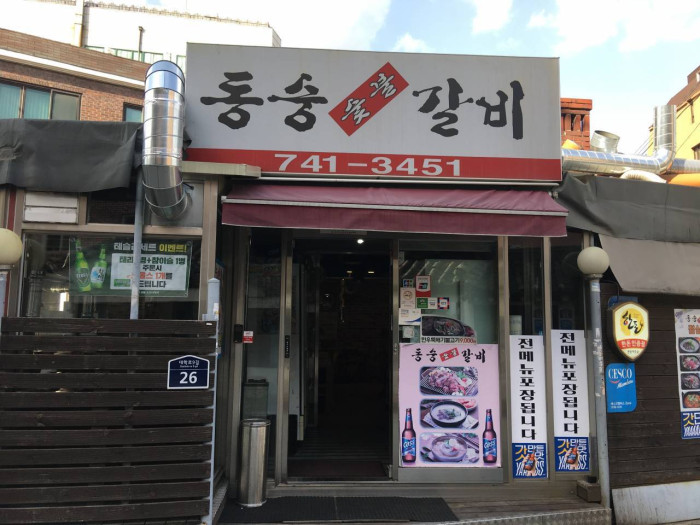
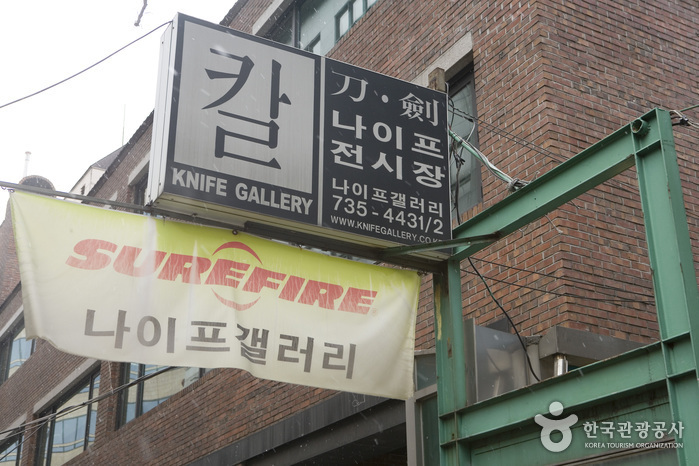
 English
English
 한국어
한국어 日本語
日本語 中文(简体)
中文(简体) Deutsch
Deutsch Français
Français Español
Español Русский
Русский